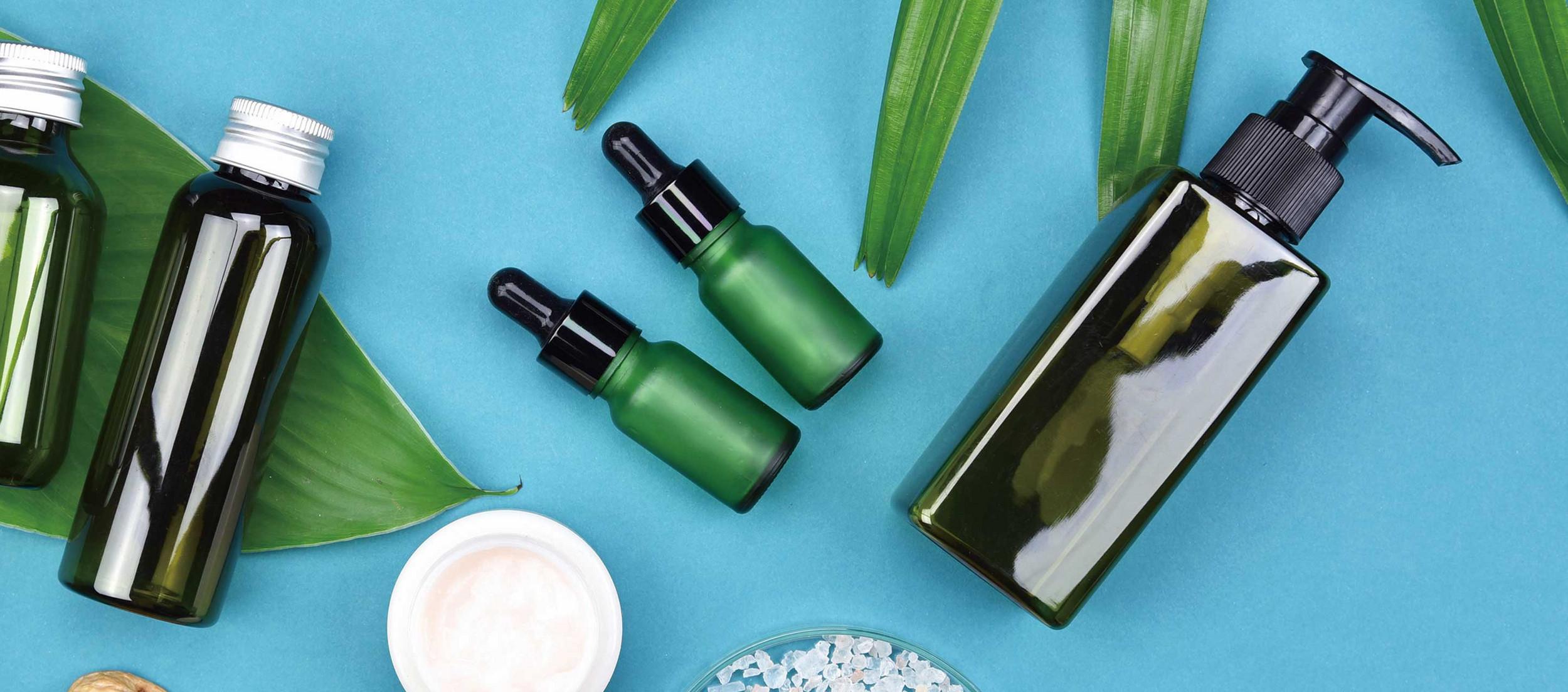Index Surge: Amplifying Your Insights
Stay updated with the latest trends and news across various industries.
Beauty in a Bottle: The Secret Lives of Your Favorite Cosmetics
Discover the hidden stories behind your favorite cosmetics and unveil the secrets that make beauty a bottle of magic!
Unlocking the Chemistry: What Ingredients Make Your Favorite Cosmetics Work Wonders?
When it comes to cosmetics, understanding the chemistry behind the ingredients can significantly enhance your beauty routine. The effectiveness of your favorite products often lies in their formulation, which may include key components such as emollients, humectants, and active ingredients. Emollients, like shea butter and jojoba oil, help soften and smooth the skin, while humectants such as glycerin attract moisture, ensuring your skin remains hydrated. Active ingredients, including retinol and vitamin C, are often used for their skin-rejuvenating properties, combating signs of aging and promoting a radiant complexion.
Moreover, the chemistry of cosmetics extends to their delivery systems, which determine how effectively active ingredients penetrate the skin. For example, liposomes and microemulsions are advanced formulations designed to enhance absorption, ensuring that your skin receives the full benefit of those powerful ingredients. Furthermore, understanding pH balance in cosmetics is crucial, as it can affect the product's performance and compatibility with your skin. As you explore your favorite brands, becoming familiar with these key ingredients and their functions not only helps you make more informed choices but also allows you to unlock the full potential of your beauty regimen.

The Origins of Beauty: How Your Favorite Cosmetics are Made
The journey of beauty begins long before the cosmetics land on your vanity. The origins of beauty products are steeped in history and chemistry, with ancient civilizations pioneering early forms of makeup using natural ingredients. The Egyptians, for instance, utilized kohl made from ground minerals to enhance their eyes, while the Chinese created their own lip colors from crushed insects and vegetable dyes. These practices laid the groundwork for modern cosmetic formulations by emphasizing the importance of both aesthetics and ingredient sourcing in beauty rituals.
Today, the crafting of your favorite beauty products involves a meticulous process that combines art and science. From formulation to packaging, each step is designed to enhance performance and appeal. Ingredients are carefully selected based on their benefits, such as moisturizing properties or pigmentation levels. The origins of beauty products are further influenced by trends and consumer demands, leading to a blend of traditional and innovative techniques. As a result, the cosmetics industry continuously evolves, reflecting the diverse preferences of consumers around the globe.
Behind the Labels: Debunking Myths About Common Cosmetic Ingredients
In the world of cosmetics, ingredients often carry a controversial reputation fueled by myths and misconceptions. For instance, many people fear parabens, believing they are harmful preservatives responsible for health risks. However, extensive research has shown that parabens are generally safe in low concentrations, and the body actually metabolizes them very efficiently. This misunderstanding can lead consumers to choose less effective products simply because of their fear of what’s behind the labels.
Another commonly debated ingredient is sodium lauryl sulfate (SLS), frequently criticized for its role in causing skin irritation and allergic reactions. While it’s true that some individuals may have sensitivities to SLS, the ingredient itself is not inherently harmful for the majority. In fact, SLS has been used for decades as an effective cleansing and foaming agent. By shedding light on these ingredients, consumers can make informed decisions and embrace the benefits of cosmetics without undue apprehension.